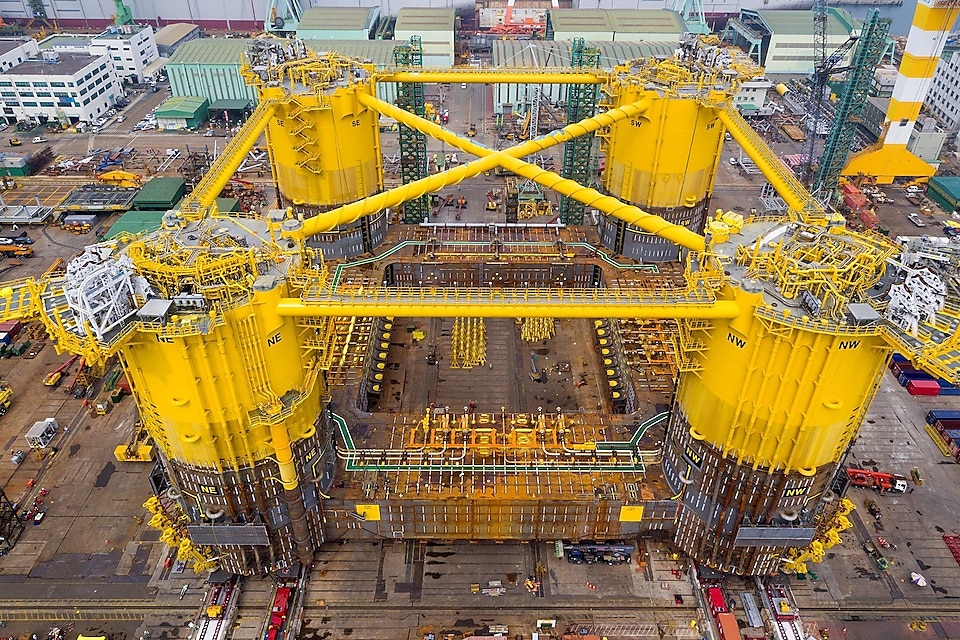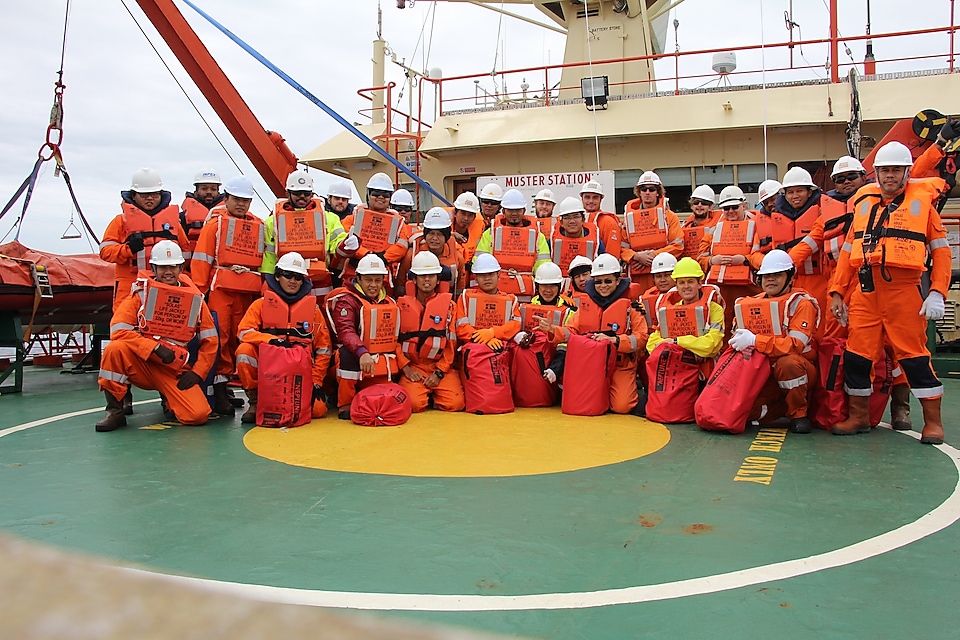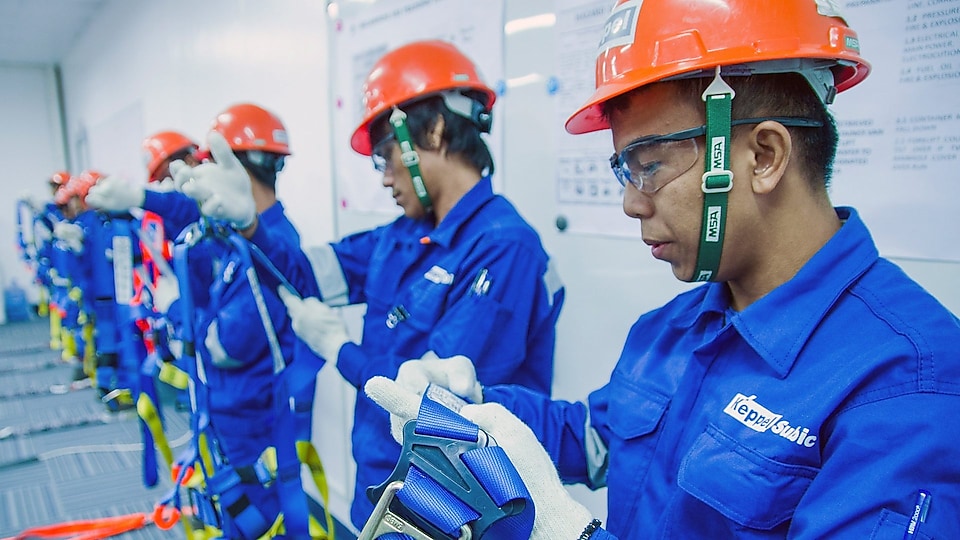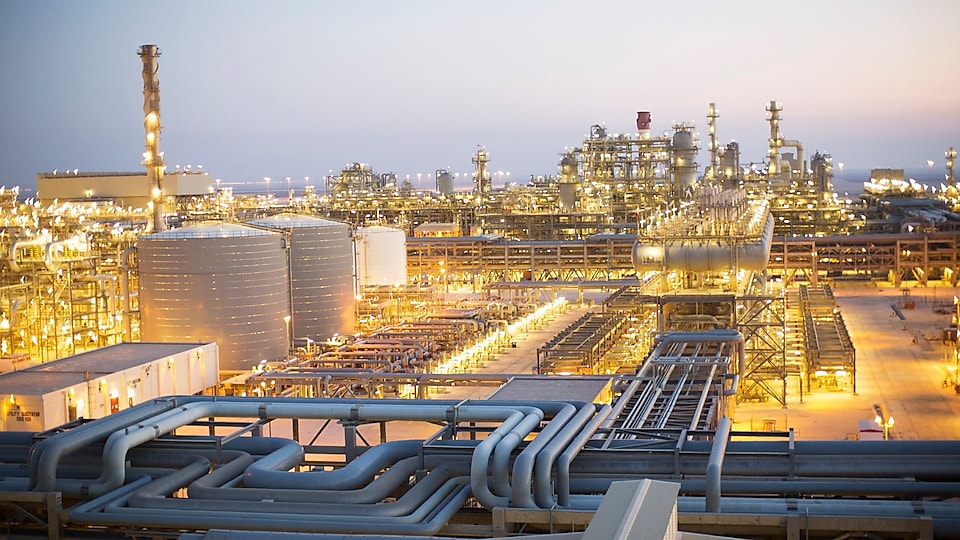
Improving safety by working together
At Shell we work closely with our contractors to build a strong safety culture at the frontline, leading to improved safety performance.
Safety is a crucial part of Shell’s work. Whether on an offshore rig or a city office, in the 40°C sun or amongst snow and ice, Shell’s mission to protect its 80,000 employees is guided by “Goal Zero”. This is a Shell-wide policy to achieve no harm and no leaks across all of Shell’s work around the world every single day.
But when working with external contractors how can we also ensure similar high standards?
In 2014 Shell created the Contractor Safety Leadership (CSL) initiative to encourage Shell companies and their contractors to work more closely to improve safety. Through the initiative Shell executives pair up with executives of major contractors to build a trusting relationship.
Together these executive pairs work on fostering a culture in which matters like safety can be discussed openly and respectfully. Using feedback gathered from those working on the frontline, they can then work to improve the safety culture and performance.
Simplifying processes
Making procedures as clear and simple as possible is crucial. Graham Henley has worked on joint projects all around the world. “Unfortunately, when multiple companies work together we often see complexity and inefficiency when it comes to safety,” he says.
As part of the CSL initiative, Henley, who was then overseeing a project in the North Sea, partnered with the CEO of contractor Amec Foster Wheeler (now Wood). The pair hosted a series of joint workshops with staff to examine all project safety processes. They found that many processes had been duplicated when the project first started which was causing inefficiencies and confusion.
Using the results of these workshops the pair were then able to simplify and standardise safety procedures in their organisations.
This was so successful that it is now being implemented in other projects in the North Sea by Step Change in Safety, a UK based organisation that promotes safety in the oil and gas industry. Read their guidance note on simplification for more information.

Building trust from the start
The CSL initiative has also been adopted during the construction of Appomattox, Shell’s largest floating platform in the Gulf of Mexico.
From the very start of the project in 2015 Shell’s Vice President for Deep Water, Ian Silk, worked with executives from Heerema Marine Contractors (HMC) to standardise safety procedures in the design and construction stages. This approach was known as ‘safety in design’.
For Saskia Rijtema, Chief Operating Officer for HMC, clarifying safety procedures at the very start of the project was crucial. “If leadership affirms the importance of safety at the onset of the project and then displays consistent behaviours throughout, we encourage our people to do the same,” she notes. “This foundation will see us through even the most difficult pressures we might encounter.”
Silk agrees. “This partnership matters. If we can align on safety from the start, then the trust this builds creates a collaborative environment where people feel free to speak their minds on safety concerns.”

Engagement and empowerment
The success of the CSL initiative relies on the engagement of the staff. In 2014 Shell launched another CSL project on several service vessels carrying out mapping projects in the North Sea.
Executives from Shell and their contractor, Fugro, worked with the crew of the service vessels to find opportunities to improve safety. The crew identified 18 areas in which changes were required and then worked together to implement them.
Results of the programme were very positive. “The number of hazard observation cards raised went from one in 2014 to 75 in 2015,” says Paul van Riel from Fugro. “It is a strong signal that safety awareness has improved.”
“To me, leadership is about bringing our drive and passion for safety to the work floor,” he adds. “All credit for the success of the programme goes to the crews on the vessels, they ran with the project and enabled it to succeed.”
For more information
To find out more about Shell’s commitment to delivering energy responsibly and safely please visit our safety pages.
More in Sustainability
Personal safety
Everyone who works for us, or with us, has an important part to play in making Shell a safer place to work.
Process safety
Process safety involves making sure our facilities are well designed, safely operated and properly maintained to prevent leaks of hazardous materials.


